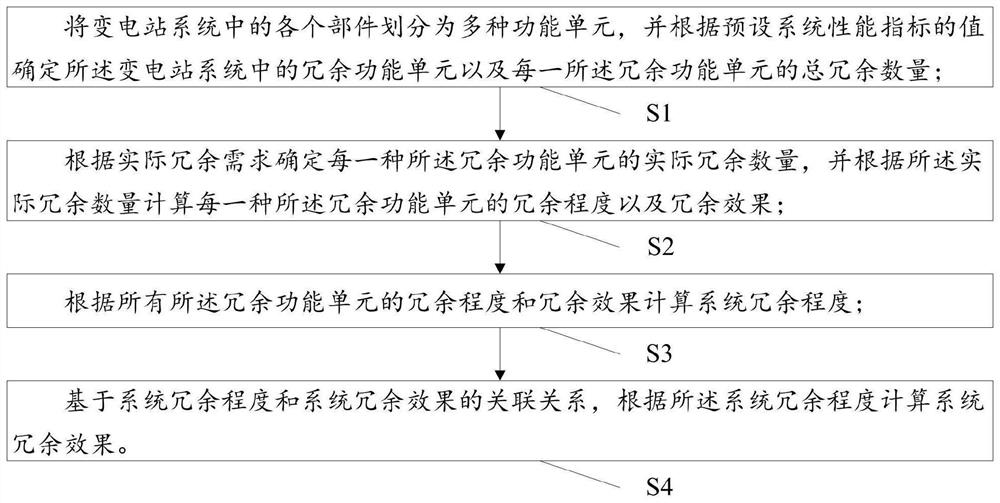Anti-seismic redundancy analysis method for transformer substation system
An analysis method and substation technology, applied in the direction of instruments, data processing applications, resources, etc., can solve the problems of improving the system's anti-seismic ability and lack of redundant quantitative analysis, etc., and achieve the effect of improving the anti-seismic ability of the system
- Summary
- Abstract
- Description
- Claims
- Application Information
AI Technical Summary
Problems solved by technology
Method used
Image
Examples
Embodiment 1
[0026] First introduce the substation. The substation is a complex system composed of a series of electrical equipment, including transformers, circuit breakers, isolating switches, current transformers, voltage transformers, lightning arresters, etc. These devices are connected to each other to form a complete and unified system. The function of transforming voltage and transmitting electric energy. A typical setup of a 220kV substation is as follows: figure 1 As shown, each component can be divided into five functional units: incoming line, 220kV busbar, transformer, 110kV busbar and outgoing line. The 220kV substation system includes 8 incoming lines, two 220kV busbars, 3 transformers, qualifying. In order to realize the functions of the substation system, the five functional units must work normally to form a complete path, such as figure 2 shown.
[0027] For substation systems, in order to meet the reliability of power supply, electrical equipment is mostly arranged ...
Embodiment approach
[0060] As an optional implementation, 1) may include:
[0061] Establish the state tree model of the substation system according to the relationship of each component in the substation system; set the state of the redundant functional unit to 0 according to the total redundant quantity of each redundant functional unit, and obtain the state tree model of the non-redundant system, And use the state tree model of the non-redundant system to calculate the performance index value of the first system; in the state tree model of the non-redundant system, the state of the actual redundant number of redundant functional units is no longer set to 0, and the partial redundancy is obtained The state tree model of the redundant system is used to calculate the performance index value of the second system by using the state tree model of the partially redundant system. After the redundant functional unit is added, the influence of the redundant functional unit on the seismic performance of ...
PUM
 Login to View More
Login to View More Abstract
Description
Claims
Application Information
 Login to View More
Login to View More - R&D
- Intellectual Property
- Life Sciences
- Materials
- Tech Scout
- Unparalleled Data Quality
- Higher Quality Content
- 60% Fewer Hallucinations
Browse by: Latest US Patents, China's latest patents, Technical Efficacy Thesaurus, Application Domain, Technology Topic, Popular Technical Reports.
© 2025 PatSnap. All rights reserved.Legal|Privacy policy|Modern Slavery Act Transparency Statement|Sitemap|About US| Contact US: help@patsnap.com



